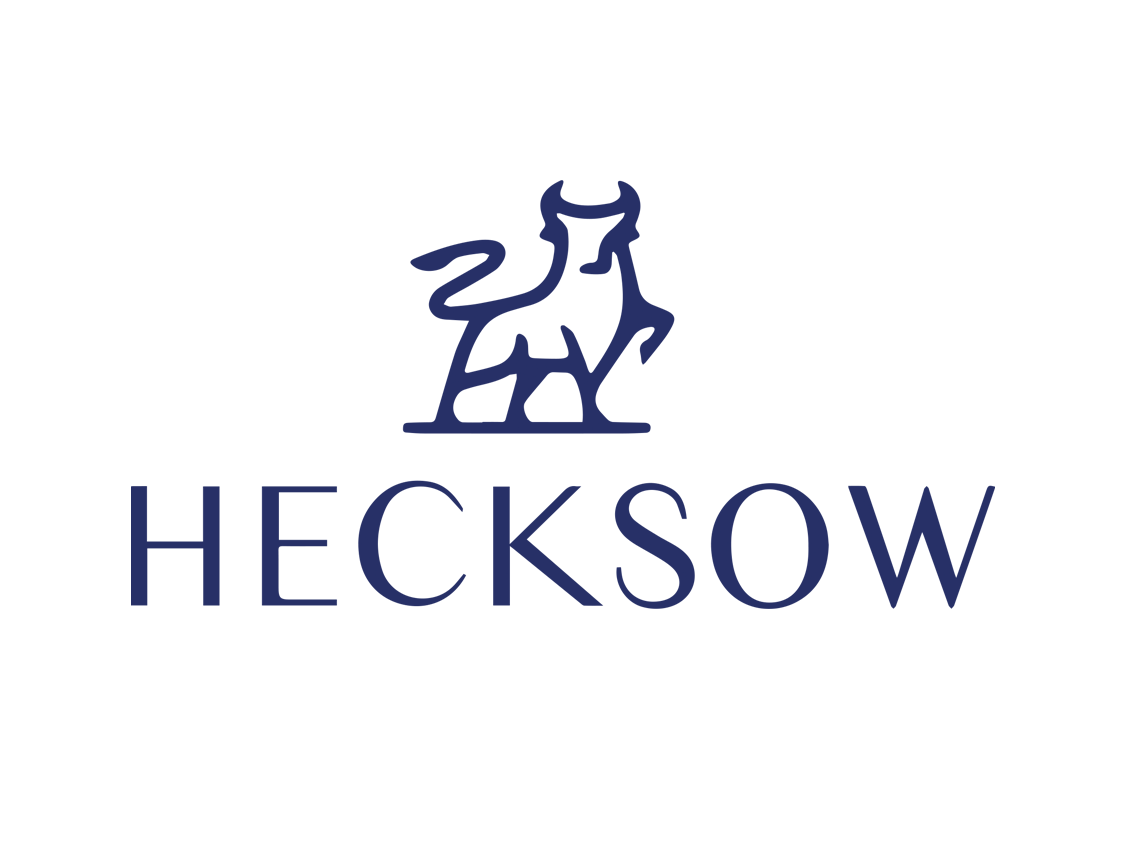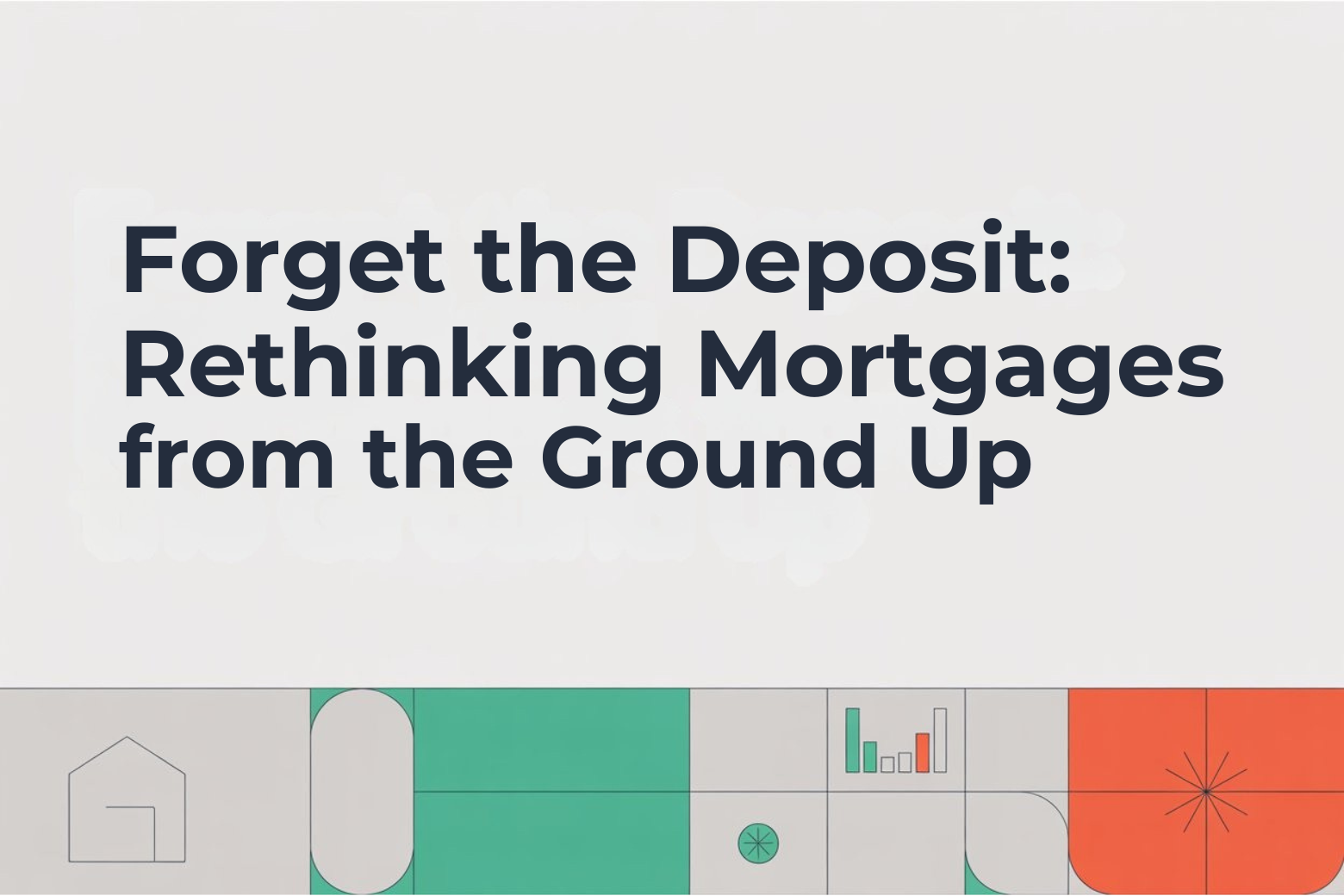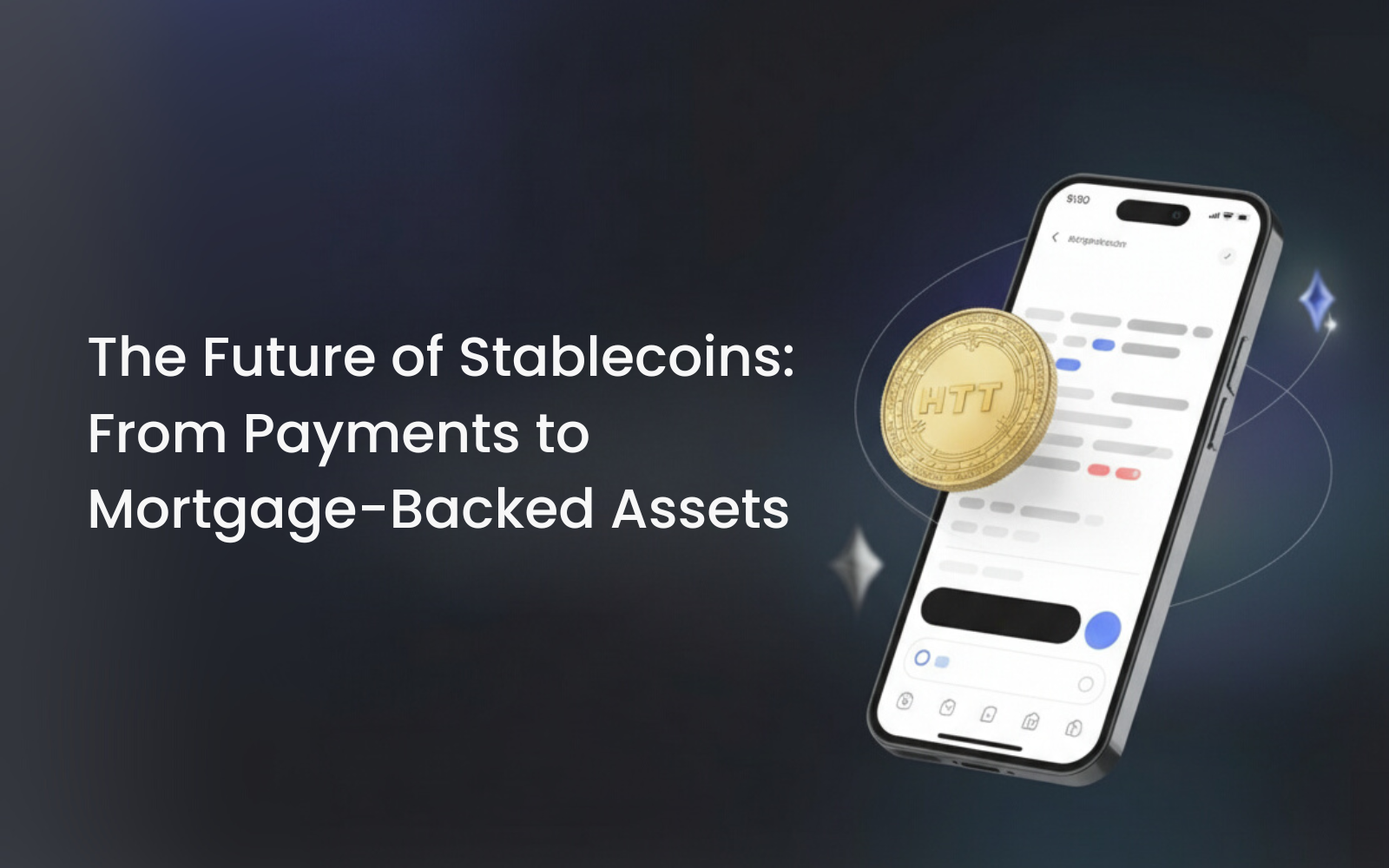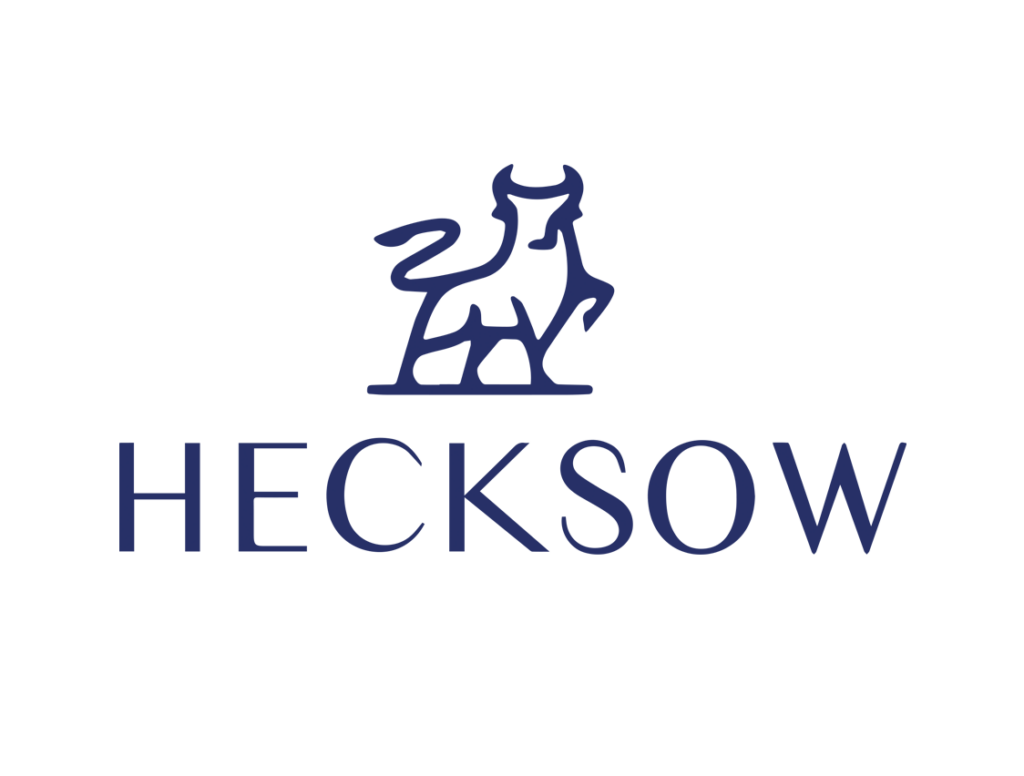Over the years, US Treasuries have been the undisputed global reserve asset. Central banks, institutions, and investors around the world hold trillions of dollars in Treasuries because they are considered safe, liquid, and backed by the full faith of the US government.

But the world is shifting. Debt levels are rising, yields are volatile, and trust in traditional financial systems is eroding. Meanwhile, digital assets and real-world asset (RWA) tokens are emerging as credible alternatives.
Among them, a new class of assets is gaining attention: mortgage-backed stablecoins like Hecksow’s HTT (Hecksow Treasury Tokens). Backed by real homes and transparent on-chain reserves, HTT is positioned not just as another crypto token, but as a potential competitor to US Treasuries themselves.
Why US Treasuries Became the Standard
To understand what’s changing, we need to remember why US Treasuries became the default reserve asset.
- Trust in the US Government – Investors believed Treasuries were risk-free, backed by the strongest economy in the world.
- Liquidity – With over $25 trillion outstanding, Treasuries are the most liquid bond market globally.
- Stability – For decades, Treasuries offered predictable yields and a safe place for institutions to park capital.
This system worked well — until it didn’t. In recent years, US debt has ballooned, interest payments are surging, and geopolitical shifts are challenging the dominance of the dollar. According to Reuters, several central banks are already diversifying away from Treasuries.
The world is hungry for alternatives.
The Rise of Mortgage-Backed Stablecoins
Stablecoins started as tools for payments and trading. Tokens like USDT (Tether) and USDC (USD Coin) gave crypto markets a dollar-pegged asset to escape volatility. But they are centralized, fiat-backed, and offer no yield to holders.
Mortgage-backed stablecoins change the game. Instead of being pegged to fiat stored in banks, they are minted directly from real-world mortgages. In Hecksow’s case, every HTT token is backed by a mortgage NFT that holds on-chain data: property title, valuation, loan-to-value ratio, payments, insurance, and taxes.
This structure offers three major advantages:
- Transparency – Proof of Reserves (PoR) is verifiable on-chain, unlike the opaque balance sheets of USDT or even central banks.
- Yield – HTT holders earn monthly rewards in HKW, Hecksow’s utility token, creating income streams similar to — and in some cases higher than — bonds.
- Resilience – Mortgages are tied to real homes, the largest and most stable asset class in the world.
👉 Explore Hecksow’s model here.
HTT vs. US Treasuries: A Side-by-Side Comparison
| Feature | US Treasuries | Hecksow HTT (Mortgage-Backed Stablecoin) |
|---|---|---|
| Backing | US Government debt | Real-world mortgages (on-chain NFT data) |
| Transparency | Limited (reports, but opaque balance sheets) | Full on-chain Proof of Reserves |
| Yield | Variable, often tied to rates & inflation | Monthly HKW rewards, DAO-governed |
| Liquidity | Deepest bond market in the world | Global, borderless, 24/7 trading |
| Currency Peg | USD | Pegged to national currencies where mortgages originate |
| Accessibility | Primarily institutions | Open to institutions and individuals alike |
This comparison shows why HTT has potential to compete not just with stablecoins, but with bonds and Treasuries themselves.
Why Institutions Are Paying Attention
Institutional investors are shifting their focus to real-world asset tokens (RWA). According to CoinDesk, RWAs are expected to be a multi-trillion-dollar opportunity in the coming years.
Why? Because RWAs combine the liquidity and programmability of crypto with the security of tangible assets.
Mortgage-backed stablecoins are particularly attractive because:
- Mortgages are massive – A \$60+ trillion global market.
- Mortgages are stable – Homes don’t disappear overnight; they’re essential to human life.
- Mortgages produce income – Payments generate ongoing cash flows that can be shared with token holders.
For investors used to holding Treasuries for safety and yield, HTT offers a similar value proposition — but with added transparency, global access, and on-chain efficiency.
Could HTT Become a Reserve Asset?
The question isn’t just whether individuals or funds will buy HTT. The real question is: could HTT become a reserve asset for institutions, funds, or even governments?
The answer is yes — and here’s why:
- Pegged to National Currencies – HTT isn’t just tied to USD. It’s minted in alignment with local currencies where mortgages originate, creating global flexibility.
- Scalable Proof of Reserves – Every mortgage is verifiable on-chain, making audits automatic and trustless.
- Yield for Holders – Unlike fiat stablecoins, HTT rewards its community directly.
- Non-Competitive with Governments – Hecksow works alongside national currencies, strengthening them rather than replacing them.
This makes HTT not just a DeFi experiment, but a credible competitor to US Treasuries as a next-generation reserve standard.
Risks and Considerations
No new system is without challenges. To become a true reserve asset, mortgage-backed stablecoins like HTT must address:
- Regulatory clarity – Governments need to see HTT as complementary, not competitive, to their monetary systems.
- Liquidity scaling – Building global depth of markets takes time, partnerships, and adoption.
- Education – Institutions need to understand how HTT works differently from traditional bonds.
But these are solvable problems. Just as stablecoins went from fringe to mainstream in less than a decade, mortgage-backed stablecoins can achieve the same trajectory.
Conclusion: The Shift Has Already Begun
For decades, investors only had one real choice for a reserve asset: US Treasuries. But debt-heavy governments, volatile yields, and shrinking trust are opening the door to alternatives.
Hecksow’s HTT mortgage-backed stablecoin offers that alternative:
- Transparent, on-chain Proof of Reserves.
- Real-world mortgages as backing.
- Monthly rewards for holders.
- Pegged to local currencies, but borderless in access.
The future of reserves may not be written in Washington. It may be minted on the blockchain.
The next reserve standard isn’t just possible — it’s already being built.
Follow Hecksow to learn more about HTT and the future of mortgage-backed stablecoins




